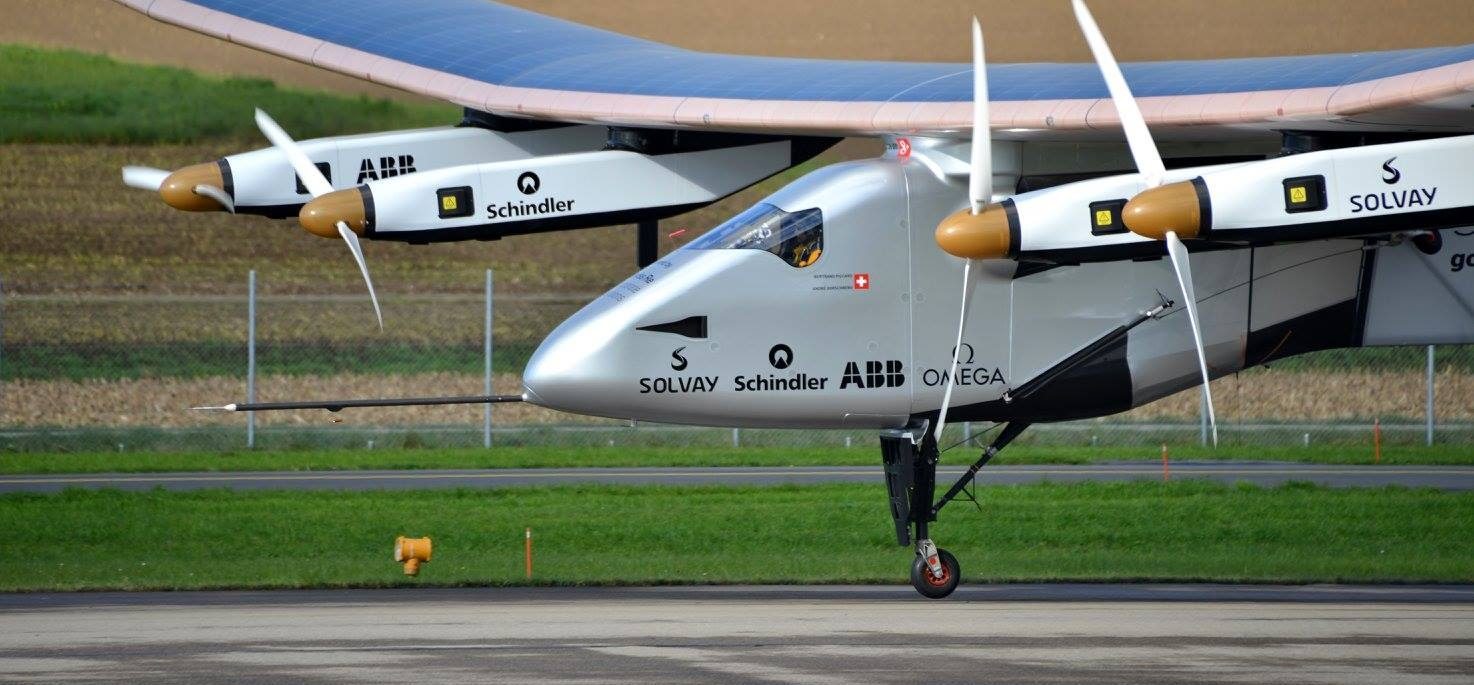Solar Impulse 2: The electric plane with a point to prove
We’ve all heard about the new age of self-driving cars, but the recent innovations in technology in the aviation industry is something you might know a bit less about.
Solar Impulse 2 recently made history by completing a round-the-world trip while being fuelled by solar energy. The trip itself took 16 months in total, however it was entirely fuel and emissions free, relying on over 17,000 solar panels on the plane’s wings and on-board lithium-ion batteries.
The trip itself took 16 months in total, however it was entirely fuel and emissions free
The idea came about in 1999, when pilot Bertrand Piccard flew around the world in a balloon. This triggered a desire for his next round-the-world trip to be free of emissions. The Solar Impulse project was established in 2004, but it was not until March 2015 that the plane began navigating the globe.
Solar Impulse 2 took flight from Abu Dhabi, travelling to countries including Oman, China, Japan and India. One of its biggest challenges was a five-day non-stop flight from Japan to Hawaii which subsequently lead to the achievement of a world record for the longest non-stop solo flight. Two weeks after this, the plane had to be grounded due to damage caused by overheated batteries. It wasn’t until this year that Solar Impulse 2 returned following ten months of waiting, eventually landing back in Abu Dhabi.
Solar Impulse 2 took flight from Abu Dhabi, travelling to countries including Oman, China, Japan and India
Solar Impulse 2 proves the capability of a single seat plane travelling long distances on solar energy alone. More importantly, though, what is the likelihood of seeing a solar approach being rolled out commercially? Comments have been made on this kind of technology being made available for people to use within the next ten to twenty years, but the chance of this occurring so soon is somewhat doubtful.
A few issues must be considered when applying solar technology to passenger aircraft. Solar Impulse 2 was fairly lightweight in comparison to a passenger airliner, such as a Boeing 747. This could lead to difficulties in applying the current solar technology to such aircraft.
There’s also a noticeable contrast in speed, as the Solar Impulse 2 is limited to just 43mph. When this is compared to the 570mph passenger aircraft are capable of, it does not seem likely that many consumers will be sacrificing speed for a more eco-friendly option.
it does not seem likely that many consumers will be sacrificing speed for a more eco-friendly option
The amount of energy that can be obtained from sunlight is another consideration. Solar Impulse 2 took over a year to complete, which partly comes down to the fact that the plane required time to be recharged. This would particularly be an issue during the night, so there would be obvious limitations in terms of the distance that can be travelled at a given time.
While there are clearly some issues with the current technology, Solar Impulse is still a project likely to experiment and challenge these limitations. Changes in the way you and I travel may not be seen immediately, but, as the plane’s pilot Bertrand Piccard commented, they are definitely possible one day. It’s undeniable that the Solar Impulse project emphasises the value of clean technologies and most certainly paves the way for new innovative ways of sustainable living.

Comments